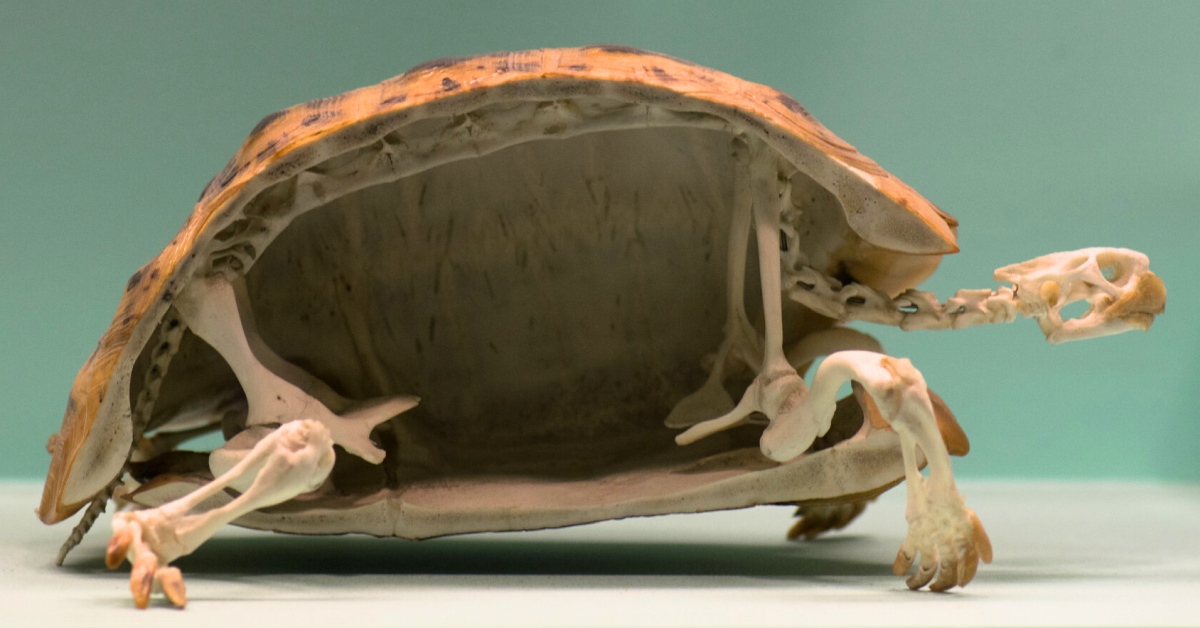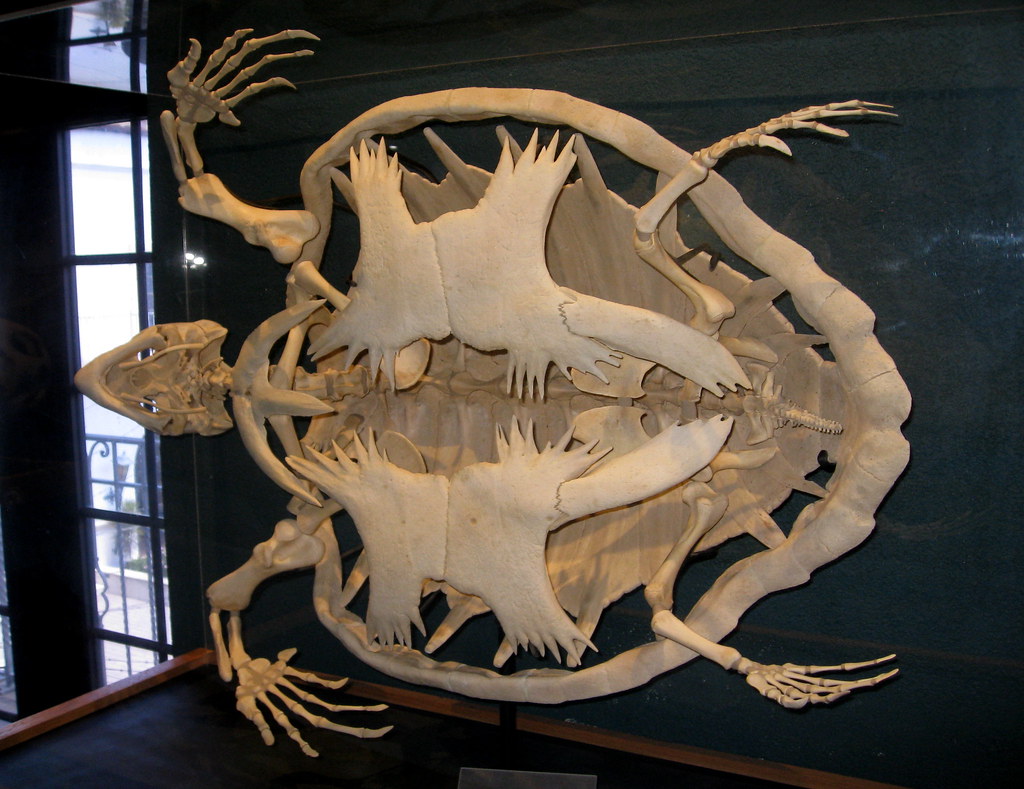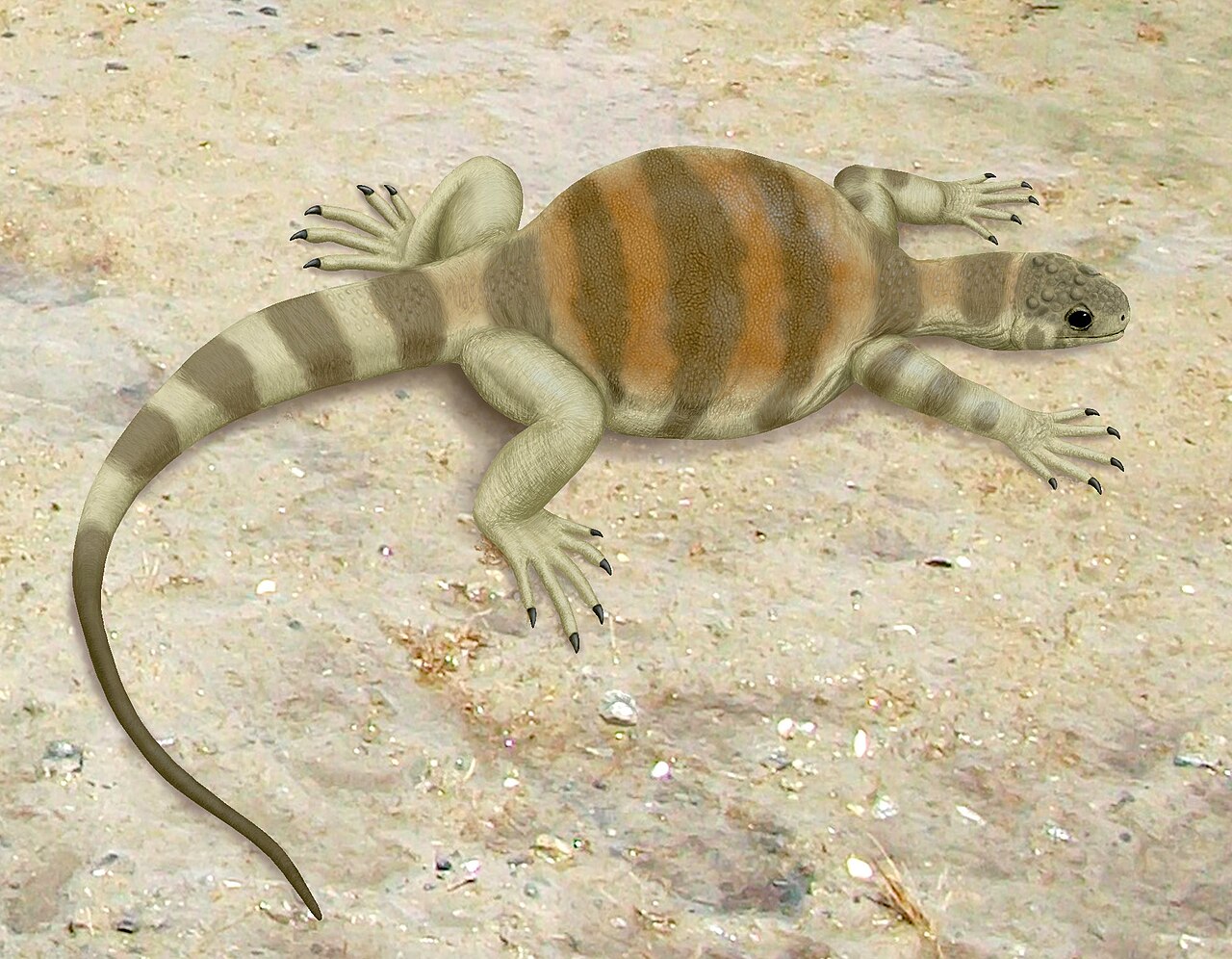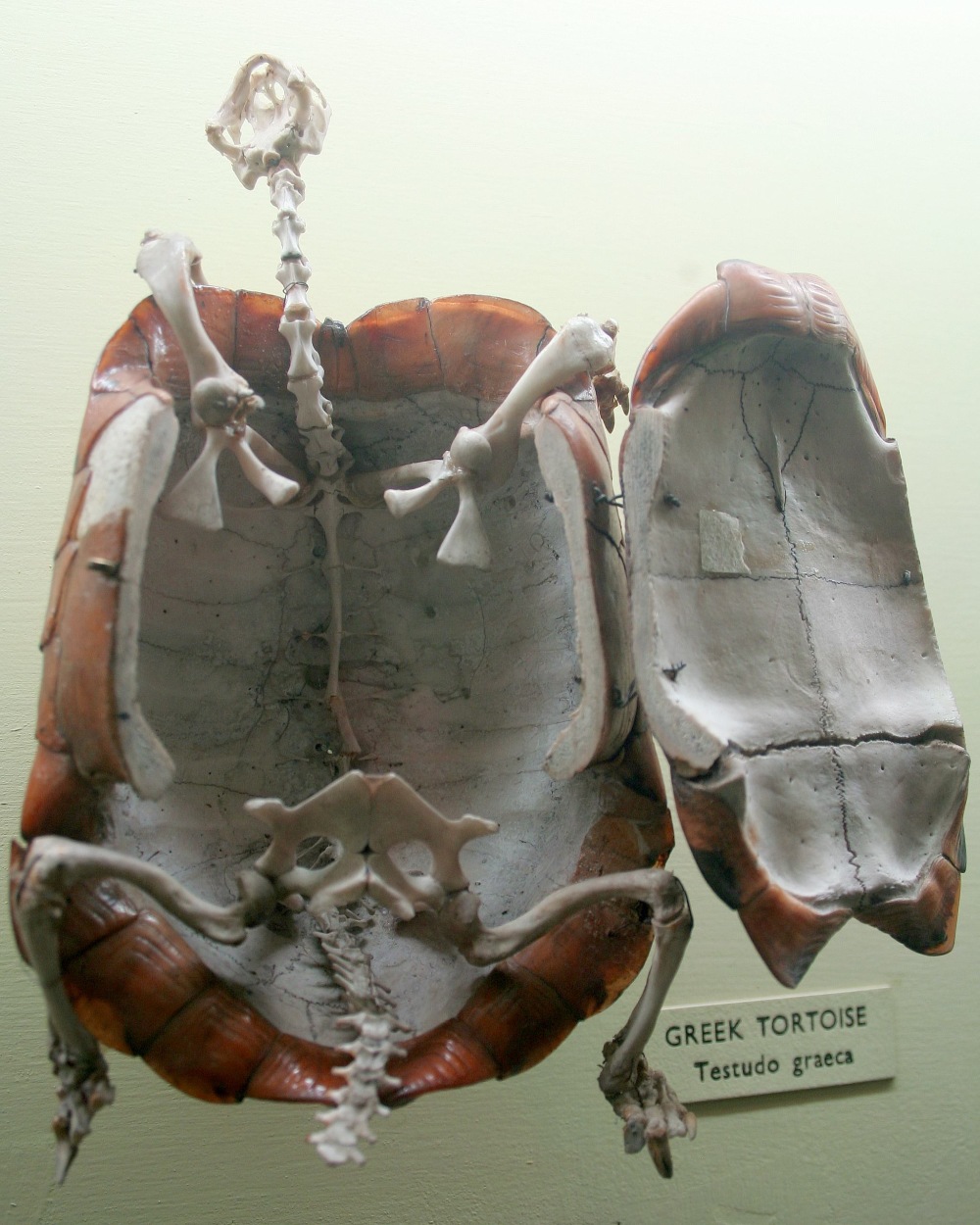Unlike some animals that can retreat into their shells, such as snails, turtles have their shells permanently attached to their bodies. But it wasn’t always the case (uhm, literally).
 This cross-section of real turtle shows how the shell is actually part of the turtle’s body. Photo: Thomas Quine
This cross-section of real turtle shows how the shell is actually part of the turtle’s body. Photo: Thomas Quine
A turtle’s shell is more than its home – it is a unique adaptation that protects the the vital organs of the animal from predators and environmental hazards, and also helps regulate its body temperature. The shell is composed of two parts: the carapace (top) and the plastron (bottom), which are fused together on each side by a bridge.
The shell is made of about 50 bones, including the ribs, shoulder bones and vertebrae, which are covered by an outer layer of keratinous scutes.

The evolution of the turtle shell is a fascinating topic that has puzzled scientists for a long time. How did the turtle’s ancestors transform their flexible ribs and vertebrae into a rigid shell? How did they manage to breathe and move with such a heavy structure? Recent studies have shed some light on these questions, using fossil evidence and embryological development.
One of the oldest known turtle fossils, dating back to about 260 million years ago, is Eunotosaurus africanus. This reptile had a wide rib cage, but no shell. It also had a reduced number of vertebrae and ribs, suggesting that it was adapted for burrowing. Another ancient turtle ancestor, Odontochelys semitestacea, lived about 220 million years ago and had a fully developed plastron, but only a partial carapace. It also had teeth, unlike modern turtles. These fossils show that the plastron evolved before the carapace, and that the shell was not originally for defense, but for digging.

Life restoration of Eunotosaurus africanus, a turtle ancestor that lived 260 million years ago. Image: Smokeybjb
The development of the carapace involved several changes in the morphology and gene expression of the ribs and vertebrae. In most vertebrates, the ribs are attached to the vertebrae by joints that allow them to move during breathing. In turtles, however, the ribs are fused to the vertebrae and broadened to form the carapace. This means that turtles cannot breathe by expanding their chest cavity, but by using abdominal muscles that pull the viscera in and out.
The genes that control the formation of the ribs and vertebrae are also different in turtles compared to other vertebrates. For example, a gene called Tbx5 is normally expressed in the forelimbs, but in turtles it is also expressed in the ribs, which may explain why they are enlarged and flattened. Another gene called Fgfr2 is normally involved in the growth of bones, but in turtles it is suppressed in the ribs, which may prevent them from growing too long.

The turtle shell is a remarkable example of how natural selection can shape complex structures from simple ones. The shell has enabled turtles to survive and thrive in various habitats, from deserts to oceans. Turtles are among the oldest living reptiles, and their shell is a testament to their evolutionary success.




